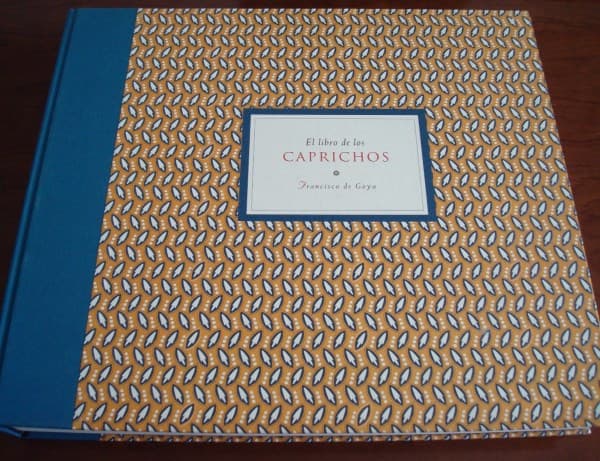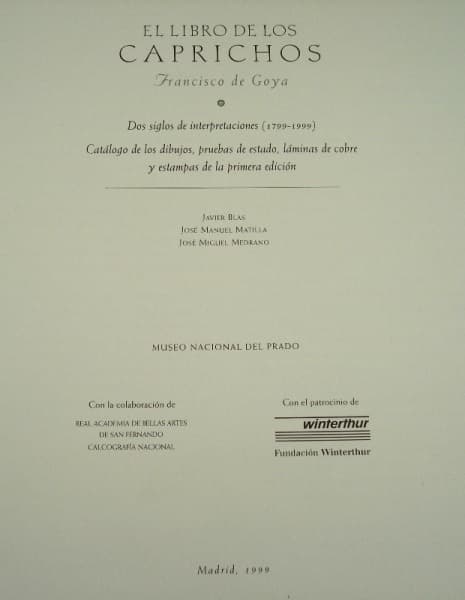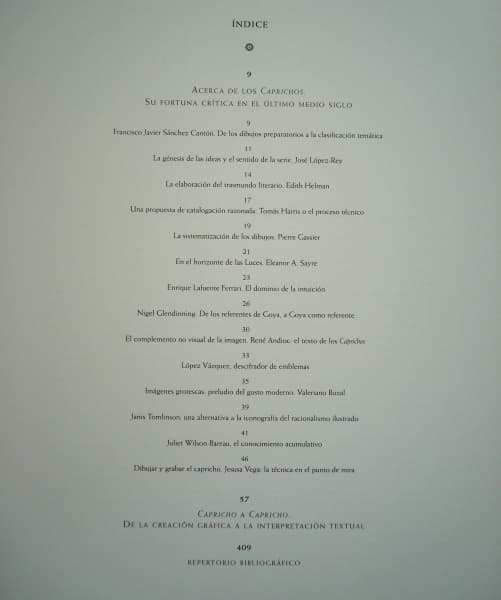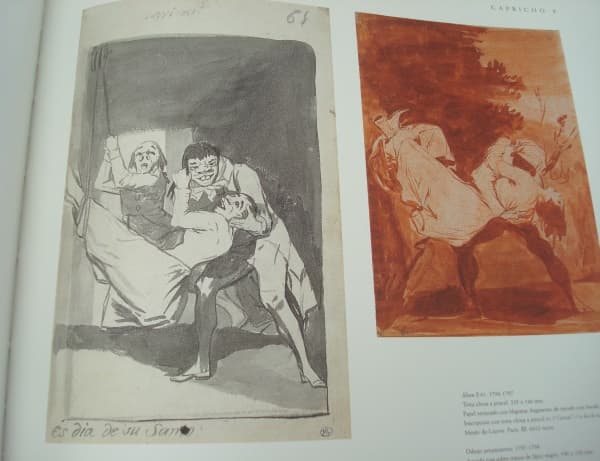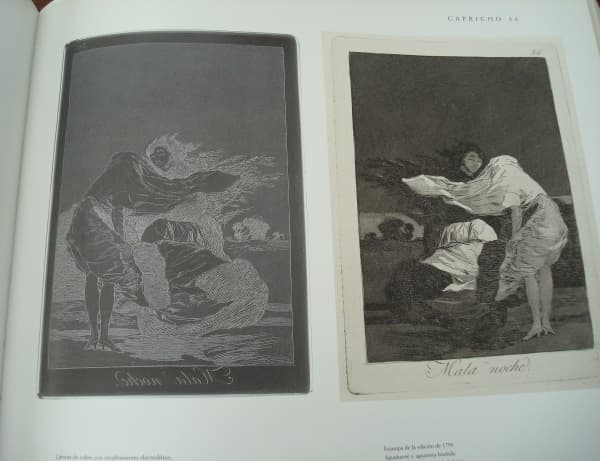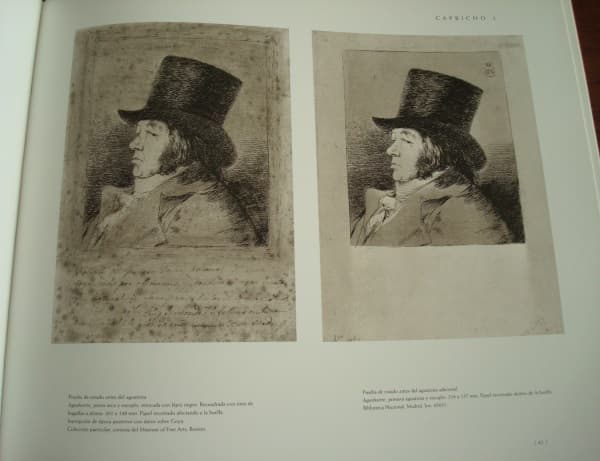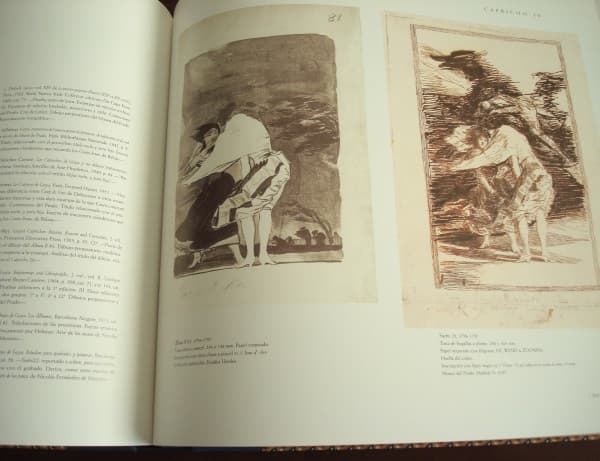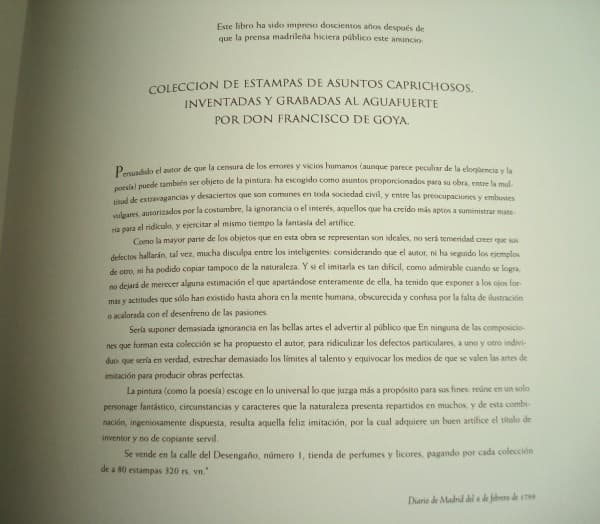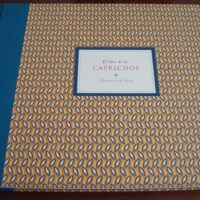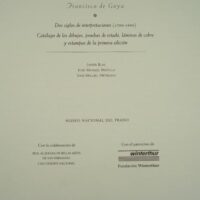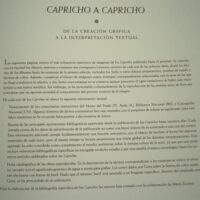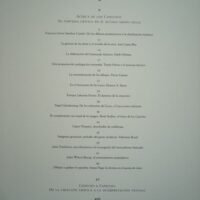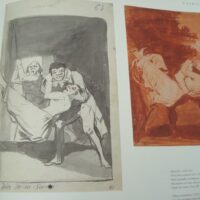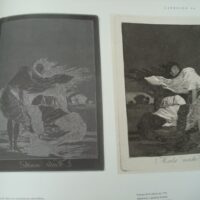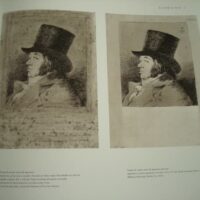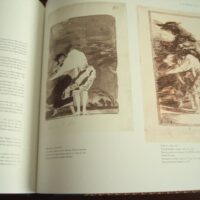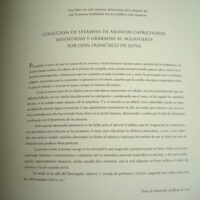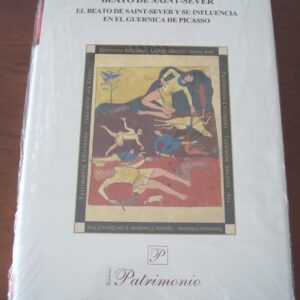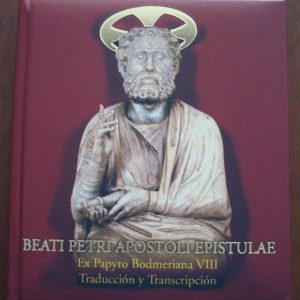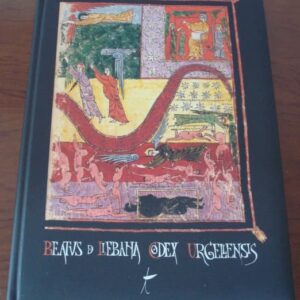Description
The book of Caprices, Francisco de Goya. Two centuries of interpretations (1799-1999). Catalog of the drawings, state tests, copper sheets and stamps of the first edition. Authors: Javier Blas, José Manuel Matilla Rodríguez and José Miguel Medrano. Edited by the Museo Nacional del Prado in 1999 with the collaboration of Calcografía Nacional (Real Academia de Bellas Artes de San Fernando). Texts in Spanish.
This book brings together the most exhaustive repertoire of images of the “Caprichos” published so far. The drawings, matrices and stamps that make up the creative process of each of the 80 works are reproduced in facsimile, from the album designs to the stamps of the first edition, including the “Dreams” and other preparatory drawings, state tests and copper sheets. In addition, the list of images is completed by 4 stamps conceptually related to the series of which the edition was never made, and 2 “Dreams” whose stamp is not preserved although they present the unequivocal sign of having been transferred to a metallic matrix.
The Diario de Madrid of February 6, 1799 announced the release of the collection of prints that would give the greatest name to Goya and contemporary Spanish engraving. About 300 copies were made of the first edition. Four years later, Goya gives King Carlos IV the 240 remaining copies, along with the original plates, in exchange for a pension for his son Javier. Only this first edition was made under the watchful eye of the painter. In these stamping works, plate 45 suffered a scratch on the face of the central witch. Few collections are preserved without this line, among them that of the University of Zaragoza. Only three copies of the first edition are preserved with the period handwritten comments.
Bound in Dutch hardcover on fabric and patterned paper. Landscape format 40 x 35 cm. 416 pages on heavyweight paper. Weight of almost 6 kg.
Exemplary in perfect condition. An essential book to understand, understand and study this great artistic work by Goya.
Shipping costs according to order and destination. Ask us without obligation (indicating the reference of the article) any questions.




